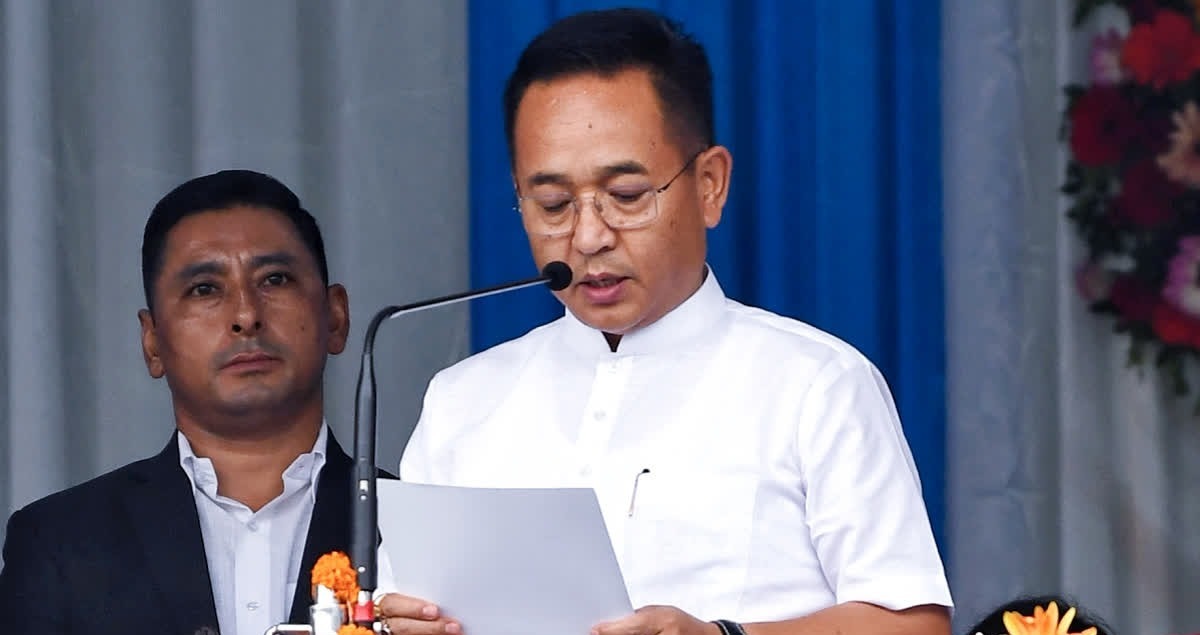A high-level delegation from Nepal began a three-day knowledge exchange visit to Sikkim’s Khangchendzonga Biosphere Reserve (KBR) on Monday to learn from the state’s acclaimed conservation efforts. The visit, spanning from May 20 to 22, was facilitated by UNESCO’s Regional Office in New Delhi and Nepal-based NGO Smrida Pahad in coordination with Sikkim’s Forest Department.
The Nepalese team aims to replicate the success of KBR, which was designated a UNESCO World Heritage Site in 2016 and a Biosphere Reserve in 2018, for its own Khangchendzonga Conservation Area. The delegates are studying Sikkim’s advanced park management techniques, including camera traps, real-time surveillance, and the use of Starlink connectivity, alongside its pioneering zero-waste policies.
“This visit reflects Sikkim’s growing role as a global model for sustainable tourism and conservation,” said D. Manjunatha, Chief Conservator of Forests and Chief Wildlife Warden. He noted the Nepalese delegation’s interest in the community-led approach and how Biosphere Reserve status has brought international recognition and responsibility.
UNESCO Program Officer Neha Midha emphasized the visit’s role in guiding Nepal’s aspirations for Biosphere Reserve and potential World Heritage status for their side of the Khangchendzonga range.




